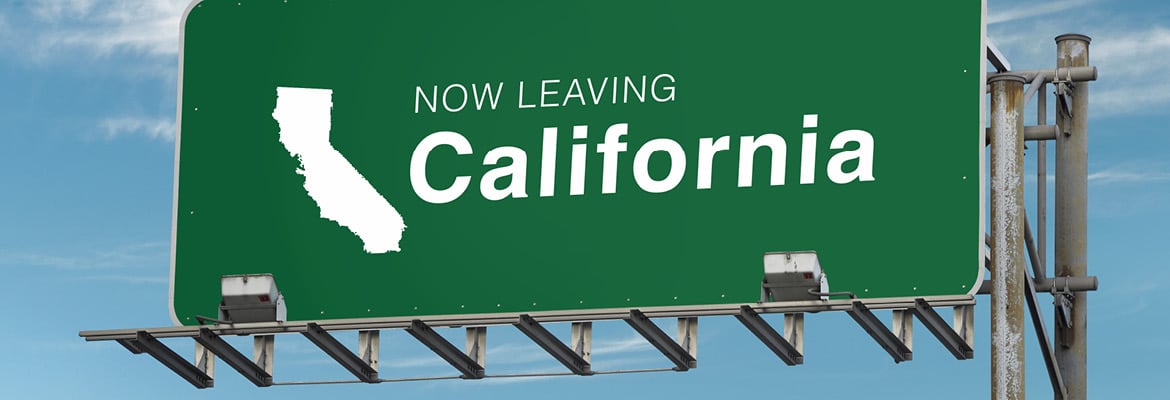April is Distracted Driving Awareness Month, a nationwide movement started by the National Safety Council (NSC) to reduce the number of distracted drivers and increase awareness around this dangerous issue affecting our roads. With Distracted Driving Awareness Month comes an influx of information and statistics about distracted driving, as well as guidelines and tips to build better, safer driving habits.
Read on to learn more about this important effort and find out how you can take action to make our roads safer.
What is distracted driving?
Any activity that diverts attention from driving is considered a distraction. No matter how small or short the distraction is, it can result in a costly ticket, serious injury or worse.
Common driving distractions include:
- Texting
- Talking on the phone
- Eating and drinking
- Applying makeup or fixing hair
- Smoking or vaping
- Reading directions
- Reaching for items in the passenger seat or back seat
- Using electronics or the car’s user interface
The 4 types of distracted driving
- Auditory – hearing or listening to something not related to driving. This could include phone calls, podcasts, music or any other disruptive audio.
- Cognitive – being distracted by thoughts unrelated to driving or losing cognitive function from lack of sleep (also known as drowsy driving).
- Manual – physically handling something other than the steering wheel. Common manual distractions are eating or applying makeup while driving.
- Visual – looking at something other than the road. Visual distractions often involve the driver reading text messages or looking at the user interface on their car’s dashboard.
Distracted driving affects everyone on the road, including long-haul drivers and truckers. With drowsy driving being one of the most prevalent causes of crashes and injuries it’s important to stay focused behind the wheel.
Distracted driving facts
Until recently, the last few years saw dramatically reduced traffic on the road. The first half of 2023 saw an increase in average mileage, meaning drivers were taking longer trips on average. Fortunately, fatal crashes were down despite a 5.1% increase in mileage. Even though more people were driving in 2023, and driving farther than they did previous years, there were fewer serious car accidents than in years prior.
- 21,130 estimated motor-vehicle deaths in the first half of 2023, a 3% decrease from the 21,870 in 2022.
- Estimated mileage death date: 1.34 deaths per 100 million vehicle miles traveled. A 5.6% decrease from 2022, and a 7.6% decrease from 2021.
The link between these accidents and distracted driving is significant: in recent studies from the National Highway Traffic Safety Administration (NHTSA), it is estimated that:
- 8% of fatal crashes, 14% of injury crashes and 13% of all police-reported motor-vehicle crashes in 2021 were reported as distraction-affected crashes.
- In 2021, 3,522 people were killed and an estimated 362,415 were injured in motor-vehicle traffic crashes involving distracted drivers.
- 5% of all drivers involved in fatal traffic crashes in 2021 were reported as distracted at the time of the crashes.
These statistics don’t just include the people behind the wheel—other drivers and even pedestrians are injured or killed due to distracted drivers. As technology continues to be integrated into our daily lives, drivers will be confronted with more distractions in the form of texts, instant messages, FaceTime, Zoom calls and more.
Who are the most distracted drivers?
According to NHTSA, young adult and teen drivers are the most distracted drivers on the road. In the U.S. in 2021:
- 25% of all distracted drivers involved in fatal crashes were adults aged 25-34.
- 17% of distracted drivers involved in fatal crashes found to be using their cell phones were aged 15-20.
Distracted driving policy and laws
Distracted driving is a concern, and that’s not due to a lack of laws or regulations. Although there are many ways for drivers to be distracted, cell phone use is by far the most prevalent. Many states have strict laws in place for cell phone use while driving, with a majority of them outright banning handheld use and texting while behind the wheel. However, these laws are at the discretion of local governments and vary from state to state.
- No current state bans all cell phone use for all drivers
- Texting while driving is banned for all drivers in 48 states
- All handheld cell phone use is banned for all drivers in 24 states
- Cell phone use, including handsfree, is banned for all novice drivers (anyone who has been driving for less than one year) in 37 states
- Any cell phone use, including handsfree, is banned for all school bus drivers in 23 states
Distracted driving ticket costs
Like the laws themselves, the penalties for breaking them vary widely depending on the state. For example, drivers in Alabama will be charged $25 the first time they’re caught texting while driving, $50 the second time and $75 for all subsequent offenses. However, in Illinois, Utah, Indiana and Mississippi fines can range from $500 to $1,000 and even include jail time in some states depending on the offense.
In addition to a fine, your insurance premium could increase should you break your state’s distracted driving laws. An article from insurance.com states that “The average rate increase after a texting ticket is 23%, however, it could be as high as 45% or as low as 12%.”
Visit the Governors Highway Safety Association to learn more about your state’s distracted driving laws.
Why is distracted driving awareness important?
According to the National Highway Traffic Safety Administration, distracted driving is a leading cause of injury or death on the road. With so many lives at risk, it’s vital to make all drivers aware of the dangers of distracted driving, especially since it is preventable. The more drivers are aware of distracted driving, the more they can work on improving their driving habits and contribute to the overall safety of drivers everywhere.
Montway is focused on safe auto transport
Whether you need to ship a car, truck, SUV, motorcycle or specialty vehicle, you can count on Montway to deliver it safely and efficiently. Montway Auto Transport is one of the nation’s leading auto transport companies, providing award-winning service in all 50 states, including Alaska and Hawaii. With nearly 100,000 online reviews and a 4.7-star rating, we strive to deliver an exceptional experience for every customer.
Get started today with a free instant quote or speak to a shipping agent at 888-666-8929.








